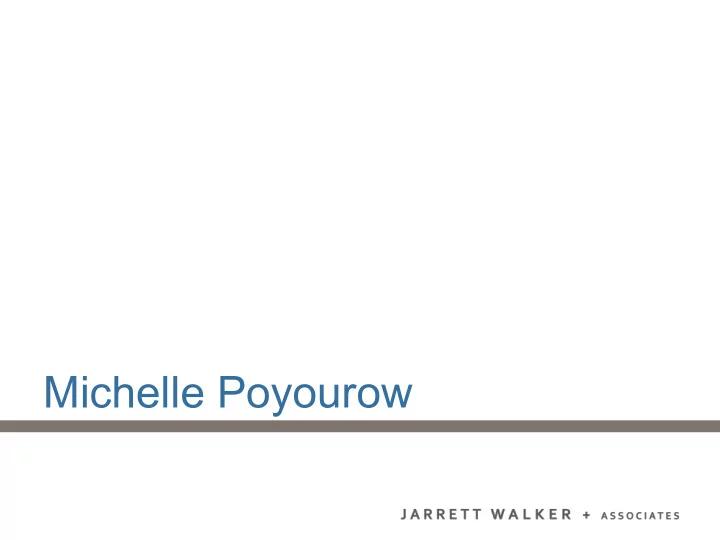

Michelle Poyourow
What causes transit ridership?
First and Foremost: Access “Where can I go, in a reasonable amount of time?”
Credit: Remix
Credit: Remix
Access arises from a connected network
Other shapes become possible once you have frequent lines.
TriMet’s grid
To Columbia Blvd. Hawthorne/Foster (Line 14) Division (Line 4) Powell (Line 9) To Milwaukie
The Ridership-Coverage Tradeoff But is ridership what you want?
How should a transit agency allocate its resources? Fictional Urban Area Dots = residents and jobs You have 18 buses
Ridership Goal “Maximum Ridership” Think like a business, choosing which markets you will enter . The straight lines offer density, walkability, and an efficient transit path, so you focus service there. Because all 18 buses are focused on few lines, they are frequent. Performance Measure: Productivity Ridership relative to cost
Coverage Goal “Some service for everyone” Think like a government service. Try to serve everyone, even those in expensive-to-serve places . The result is more routes covering everyone, but less frequency, more complexity, and lower ridership. Performance Measure: Coverage % of population and jobs near some service
Both goals are important, … but they lead opposite directions! Ridership Goal Coverage Goal • “Think like a business.” • “Access for all” • Low subsidy, high farebox • Support suburban low- return. density development. • Support dense and • Lifeline access for everyone, walkable development. no matter where they live. • Maximum VMT reduction. • Service to every city or electoral district. • Protect economy from congestion.
So it helps to choose a point on the spectrum … Ridership Goal Coverage Goal
Recommend
More recommend